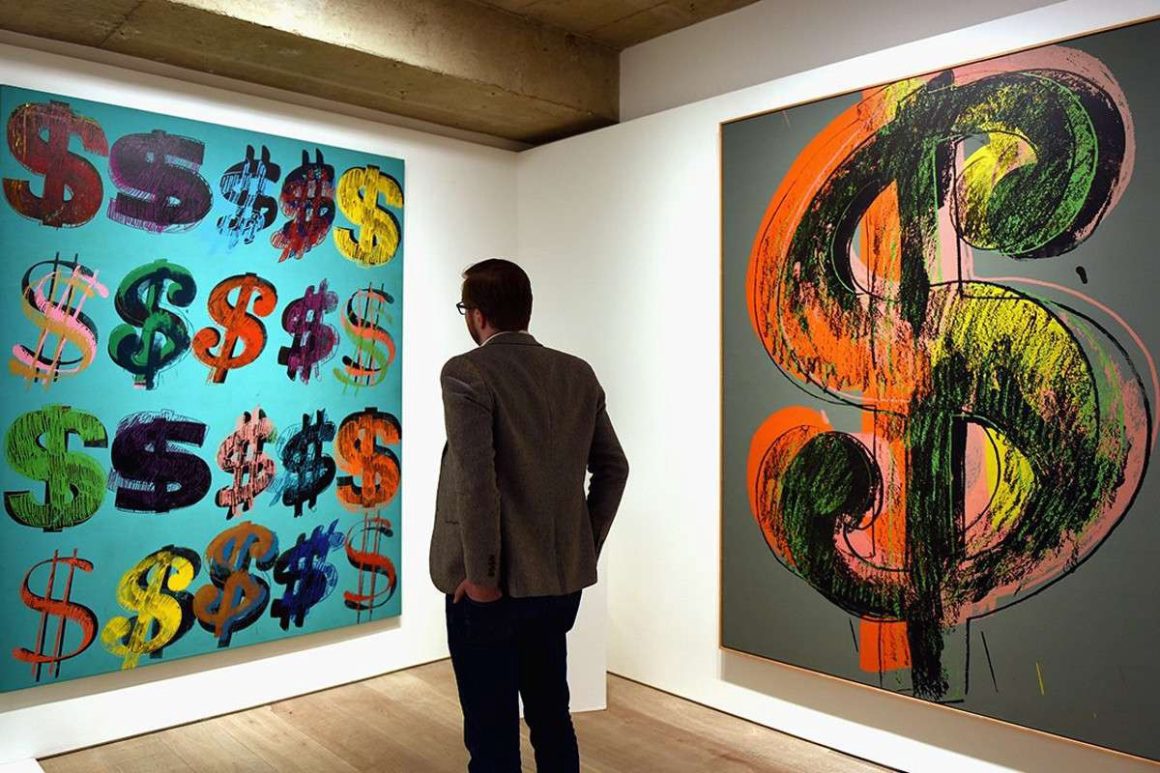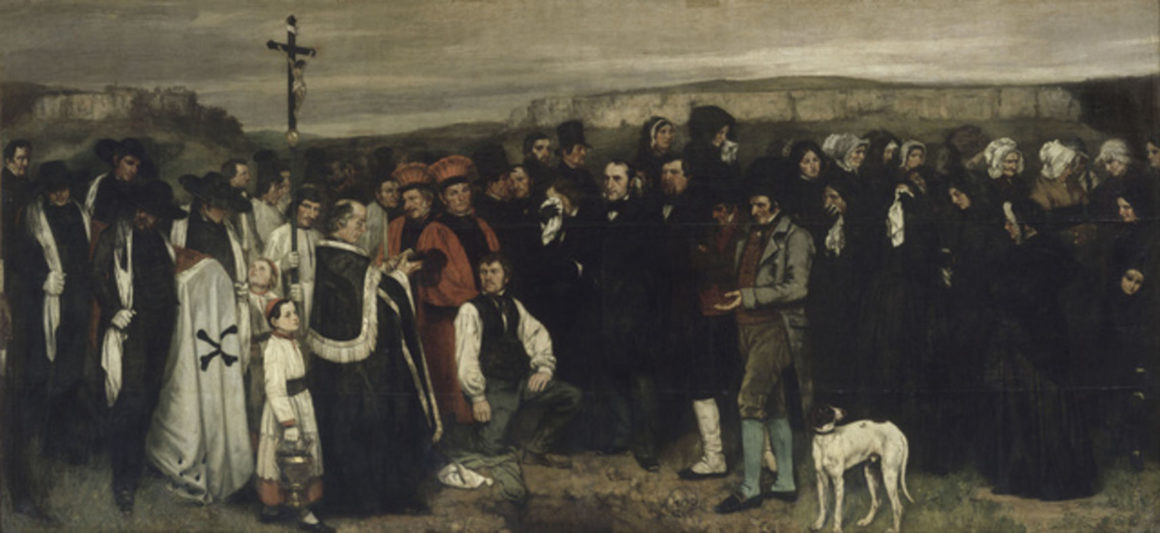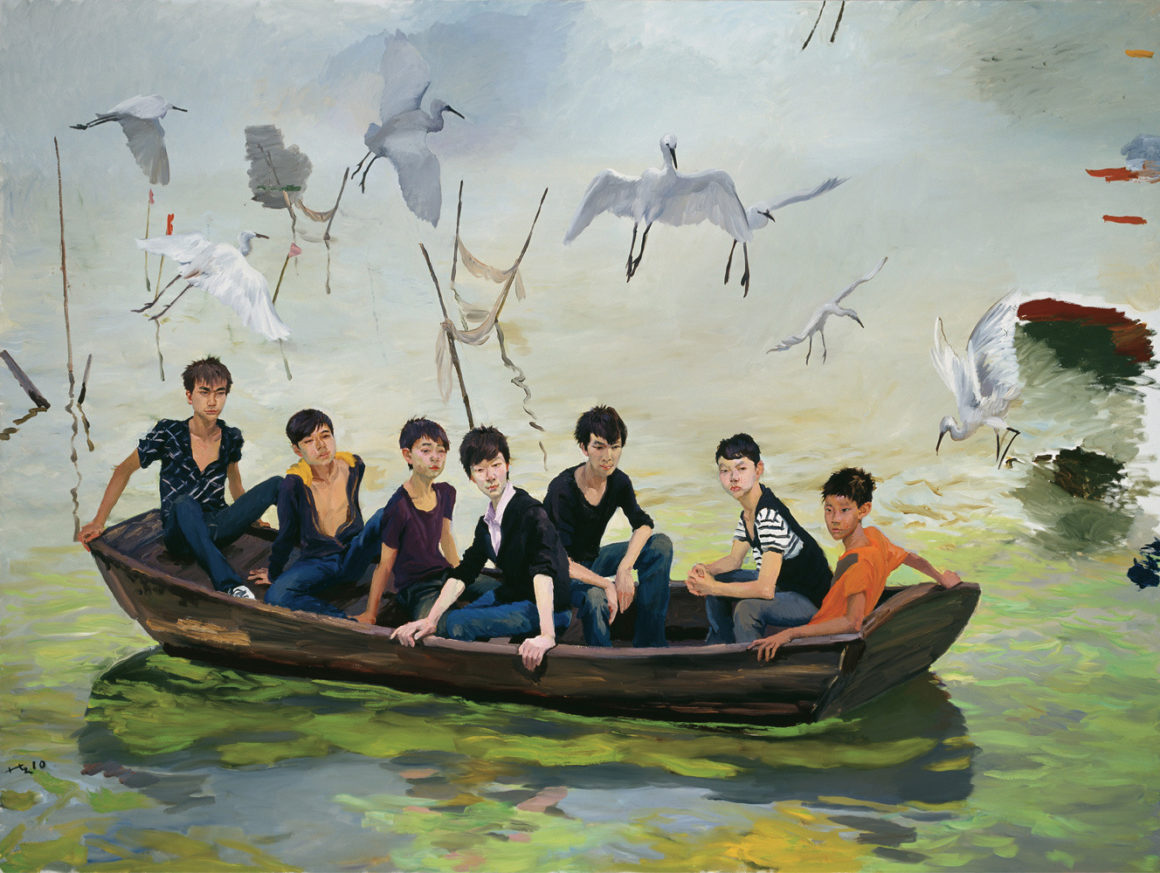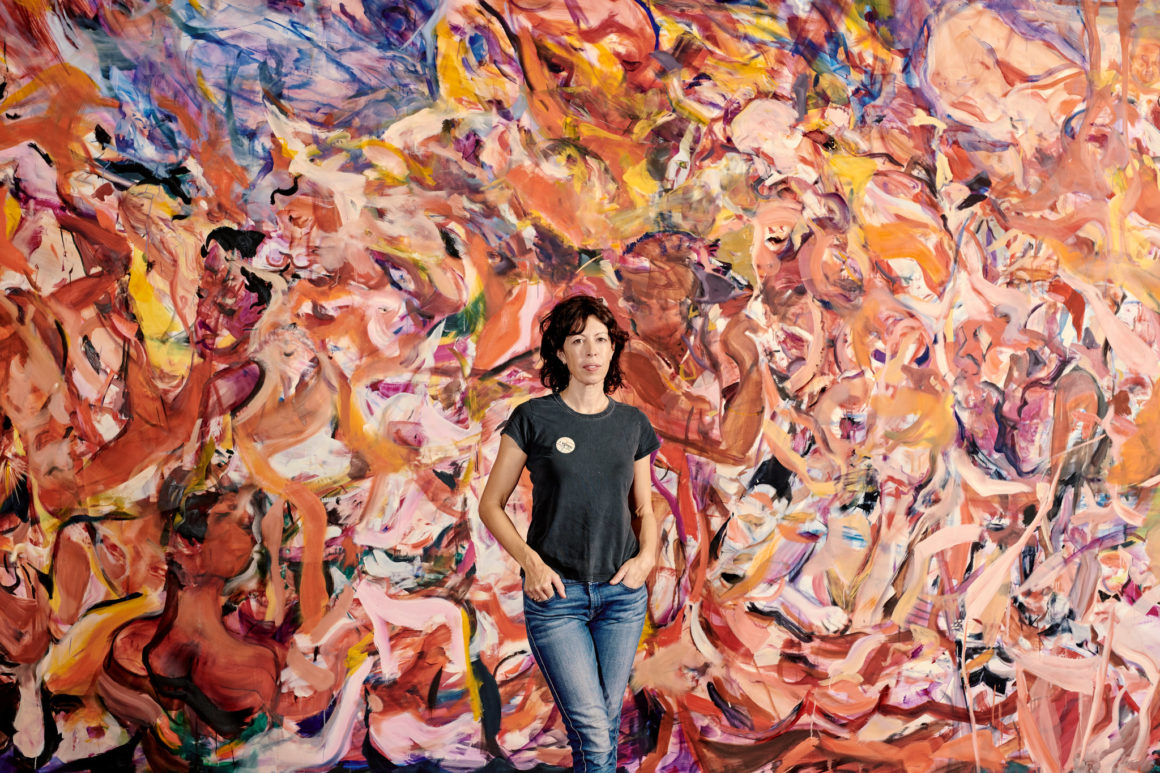The more you keep staring at it, the more you cave in to your temptations in buying that tantalizing, elegant and inimitable painting that is inviting you to claim it. But what is stopping you from reaching into your pocket and taking out your wallet to finally make your decision? In recent years, the art market has become one of the most sought-after investment trends, ranging from sculptures to paintings. Collectors have an eye for captivating pieces that can be of value to their resume. As far as money is concerned, will investing in art be in the form of a boon? Or bane? Before diving into the details on how modern art investments work and what is it that one needs to keep in mind before shelling out a trillion dollars, here’s a quick walkthrough on how modern art took the artistic world by storm and the main idea behind it.


What is Modern Art?
There isn’t a specific term to describe what modern art means since it can refer to a plethora of artistic genres. But from a visual point of view, modern art is characterized by the artist’s purpose to convey a subject that is present in the world, based on his or her unique approach and is epitomized either by rejection or acceptance pertaining to traditional styles and values. Modern artists have struggled to express their opinions on how they perceive the world around them using illustrative mediums. While some have associated their work to preceding movements or ideas, the intent of every artist in the modern era was to advance their practice to a position of unadulterated originality.


Most artists identified themselves as independent thinkers, venturing beyond what constituted acceptable forms of “High Art” which at the time, were endorsed by traditional state-run academies and the upper-class patrons of the visual arts. These innovators depicted subject matter that many saw as lecherous, controversial or even downright unappealing. The first modern artist to principally stand on his own in this regard, was Gustave Courbet, who in the mid-19th century worked effortlessly to develop his own unconventional style. This was achieved in large part with his painting from 1849-1850, Burial at Ornans which outraged the French art world by depicting a funeral of a common man from a peasant village. At first, Courbet suffered serious backlash for his work but eventually he was seen as highly influential to subsequent generations of modern artists.
This general pattern of rejection and later influence has been repeated by hundreds of artists in the modern era. Some well-known modern artists of today are, Cindy Sherman, Liu Xiaodong, Cecily Brown and Jean Michel Basquiat.


Now that we have some insight on the popularity of modern art, lets get back to the main point: How do art investments work and is it really worth a penny in purchasing a piece of art.
As a rule of thumb, research is a must. Before making a decision, it is advisable to dedicate several months to passive observation of art auction news updates and valuation trends. To get a better understanding of high value art pieces and artists, it is crucial to communicate with a curator or a specialist who may be able to provide you the answers to your queries. Keep in mind, that every artwork is diverse and that the art market has its share of ups and downs, just like any other market. Don’t automatically determine the true worth of an artwork. A lot depends on the artist’s reputation and on the economy as a whole.


Most works of prolific living artists are evaluated at a value lower than those of a deceased master artist with a finite number of works accredited to them. To sum it up, artwork produced by departed artists, tend to attract more customers faster, in comparison to art produced by contemporary artists. Once you are confident enough and have aspirations to purchase a painting from an art sale, don’t let the curators and consultants coerce or brainwash you. Gallery curators are known to go beyond their means in order to convey their knowledge on collectors. Most of the advices and insight rendered by Gallery experts can oppose your gut instinct about the value of the work. Because of this, online art auctions present a more convenient and less intimidating environment for buyers.


In short, art investing will never work for those who are on the loose, hoping to make a quick buck that would make them rich. It takes years of commitment and a bundle of responsibilities for an artwork to be appreciated and manifest success. It is in the sentence itself : art investing is earmarked for lovers and enthusiasts.
Read more ART articles HERE